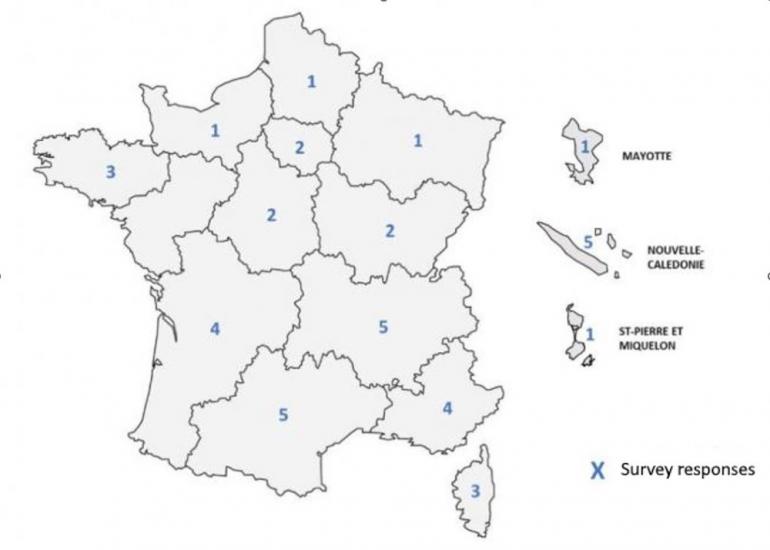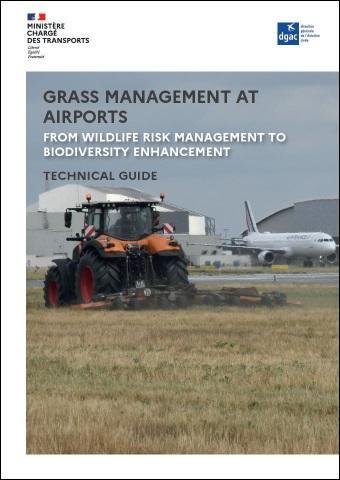The guide aims to encourage environmentally-friendly management practices within the airport community. The guide acknowledges that each airport has its own specific characteristics in terms of local flora and fauna. It presents general information on airport grasslands and maintenance methods, shares best practices and ideas that should be adapted locally, and provides a general methodology for designing a green space management plan.
A survey of airport operators
The STAC conducted a survey on the various methods of mowing airside vegetation at French military bases and airfields, both in mainland France and overseas.
The survey covered topics such as equipment usage, mowing height, timing and frequency, animal risk management (birds and mammals), safety concerns, knowledge of platform biodiversity, and any partnerships or collaborations with naturalists.
Out of the hundred airports that were contacted, 40 responded to the questionnaire. These included 7 overseas airports and 8 military bases. Out of these 40 platforms, 36 were interviewed orally to refine the answers, gain a better understanding of practices, and possibly discuss related subjects.
The platforms that responded represent many different regions:

The 40 airports that responded vary in size. Half of them are medium-sized aerodromes:
- 32% have air traffic of less than 10,000 movements per year
- 49% have traffic between 10,000 and 40,000 movements per year
- 17% have traffic over 40,000 movements per year (7 platforms).
The average surface area to be mown on the platforms that responded to the questionnaire is 70% of the total airside surface area.
Regarding grassland types, the platforms surveyed mainly consist of mesophilic hay meadows, which are the most common in mainland France (43%). However, other environments were also identified:
- Mediterranean-type dry grasslands
- Oceanic dry calcareous grasslands
- Acid nitrophilous wet grasslands
- Platier, mangrove, wet savannah, niaoulis savannah, and red earth grassland (New Caledonia). - Subtropical southern grassland (Mayotte)
- Boreal tundra (Saint-Pierre and Miquelon)
Additionally:
- 8% of the surveyed platforms conducted studies or made modifications to their plant cover
- 65% established partnerships with naturalist associations
- 83% created a mowing plan.
- 23% of platforms encountered issues with invasive plants, including Provençal Cane, Common Vetch, various species of Thistle, and Japanese Knotweed.
Updated on Apr 12 2024

